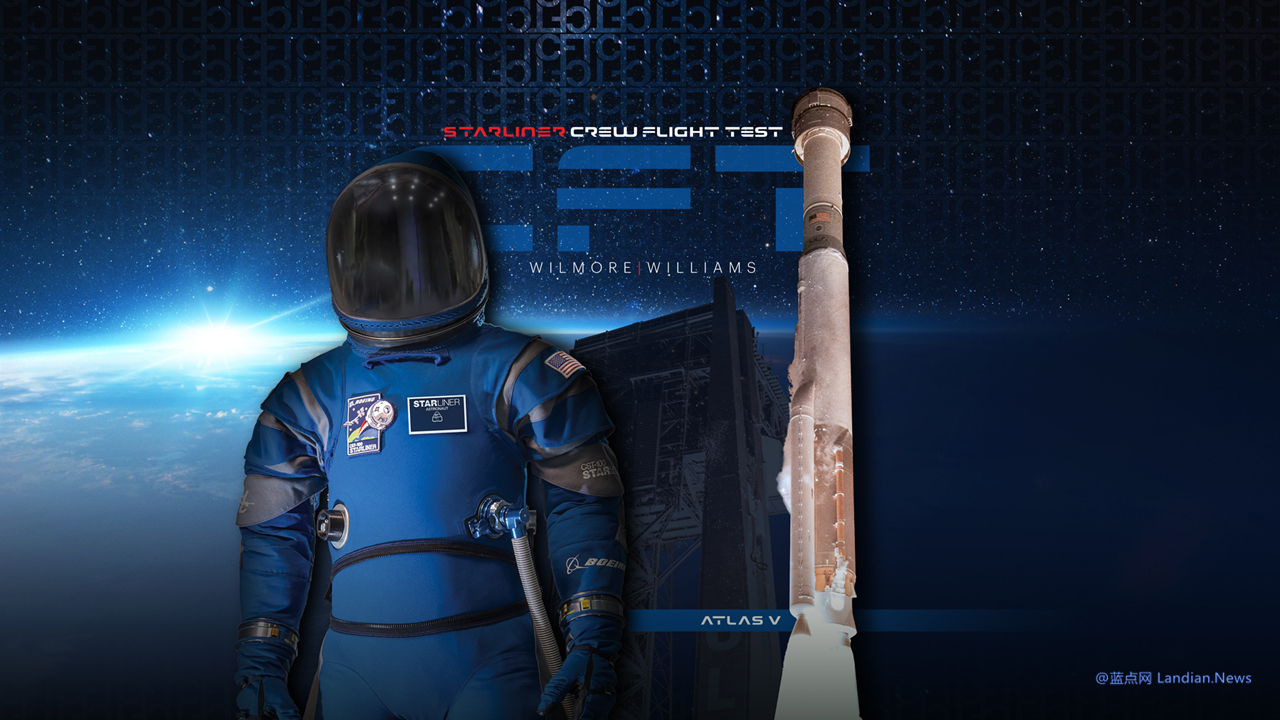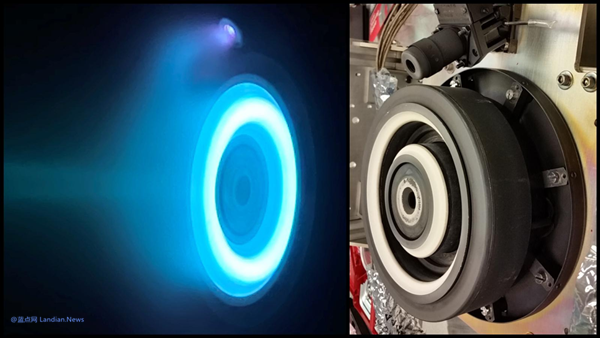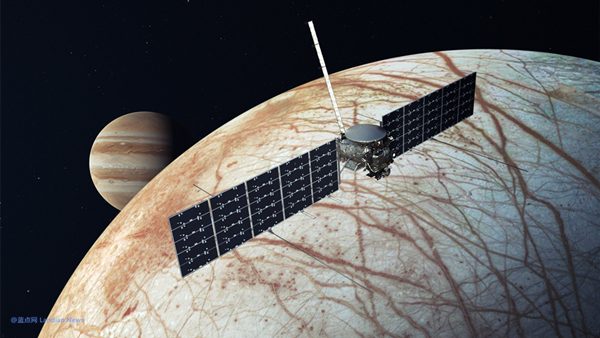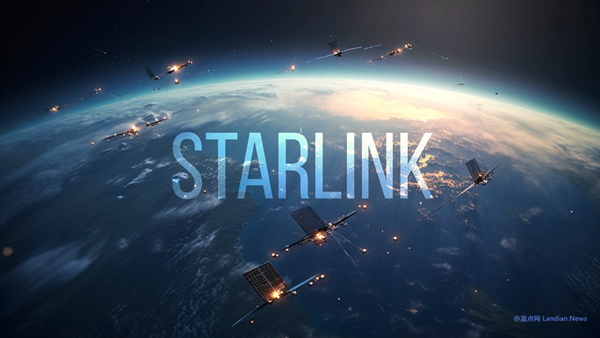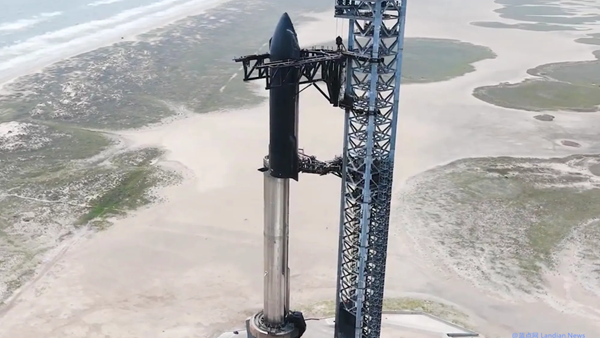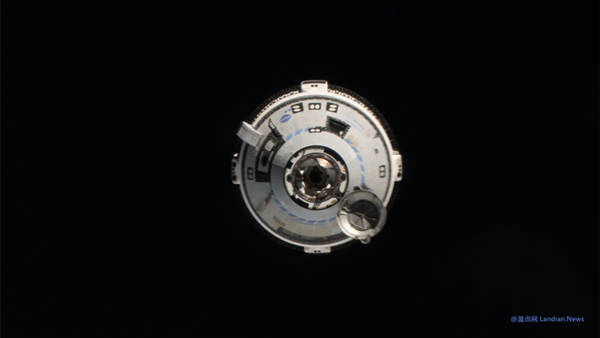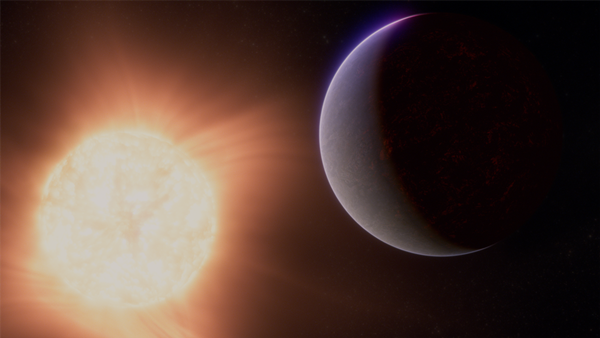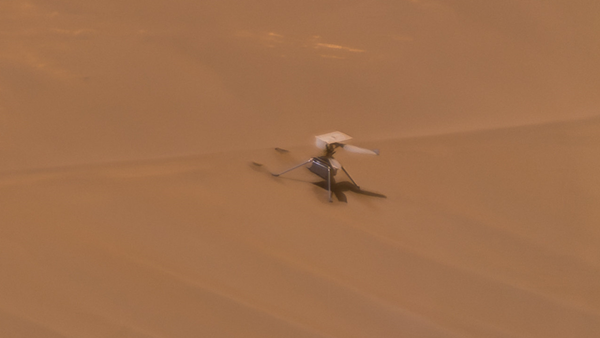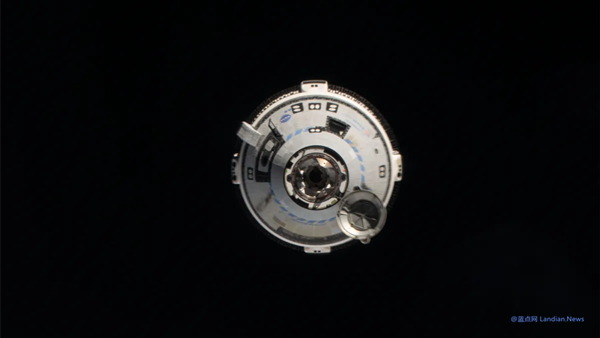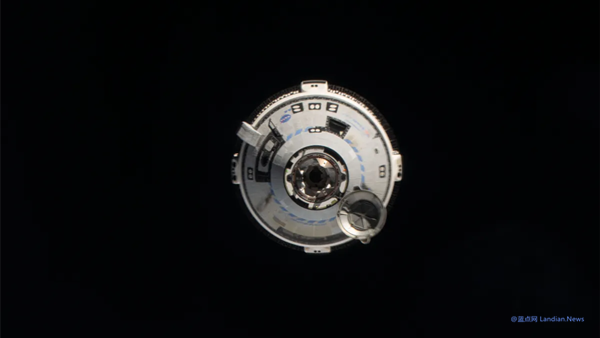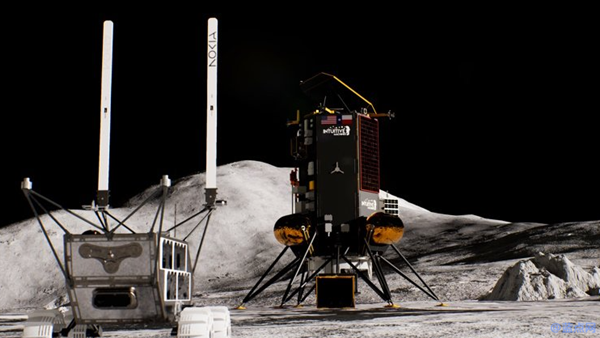Boeing's Starliner Overcomes Obstacles: Helium Leaks Can't Stop Its Course to the ISS
After multiple launch delays, the CST-100 Starliner, commissioned by NASA and manufactured by Boeing, successfully launched with astronauts aboard this week, heading for the International Space Station.
The launch earlier in May was cancelled two hours before liftoff due to an issue with the Starliner's oxygen safety valve, leading to further repairs and checks until its successful launch in early June.
However, the Starliner encountered a helium leak issue before this successful launch, and another helium leak was detected after it entered orbit.
Despite the helium leak, NASA announced that the affected helium valves have been shut off, allowing the Starliner to maintain stability. Consequently, the spacecraft is set to dock at the International Space Station on Thursday, Eastern Time, as planned.
The potential impacts of these helium leaks remain unclear. Since the spacecraft has already entered Earth's orbit, astronauts were notified of the leak by the ground mission center and manually shut off two helium valves.
This inspection and valve shutdown delayed the astronauts by an hour, reducing their sleep time by the same duration.
Designed by Boeing, the Starliner is capable of staying in orbit for up to 7 months and can be reused up to 10 times. Following this mission, the Starliner will return to Earth, where the ground engineering team will likely continue to investigate the issue.
